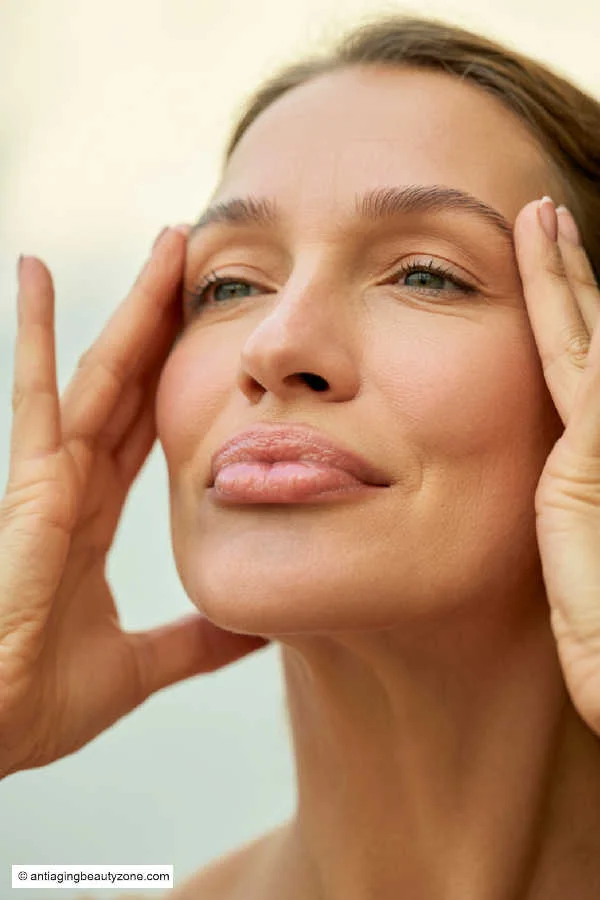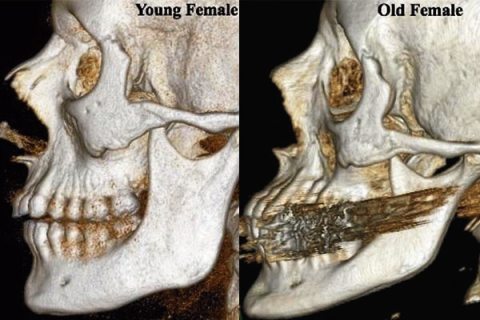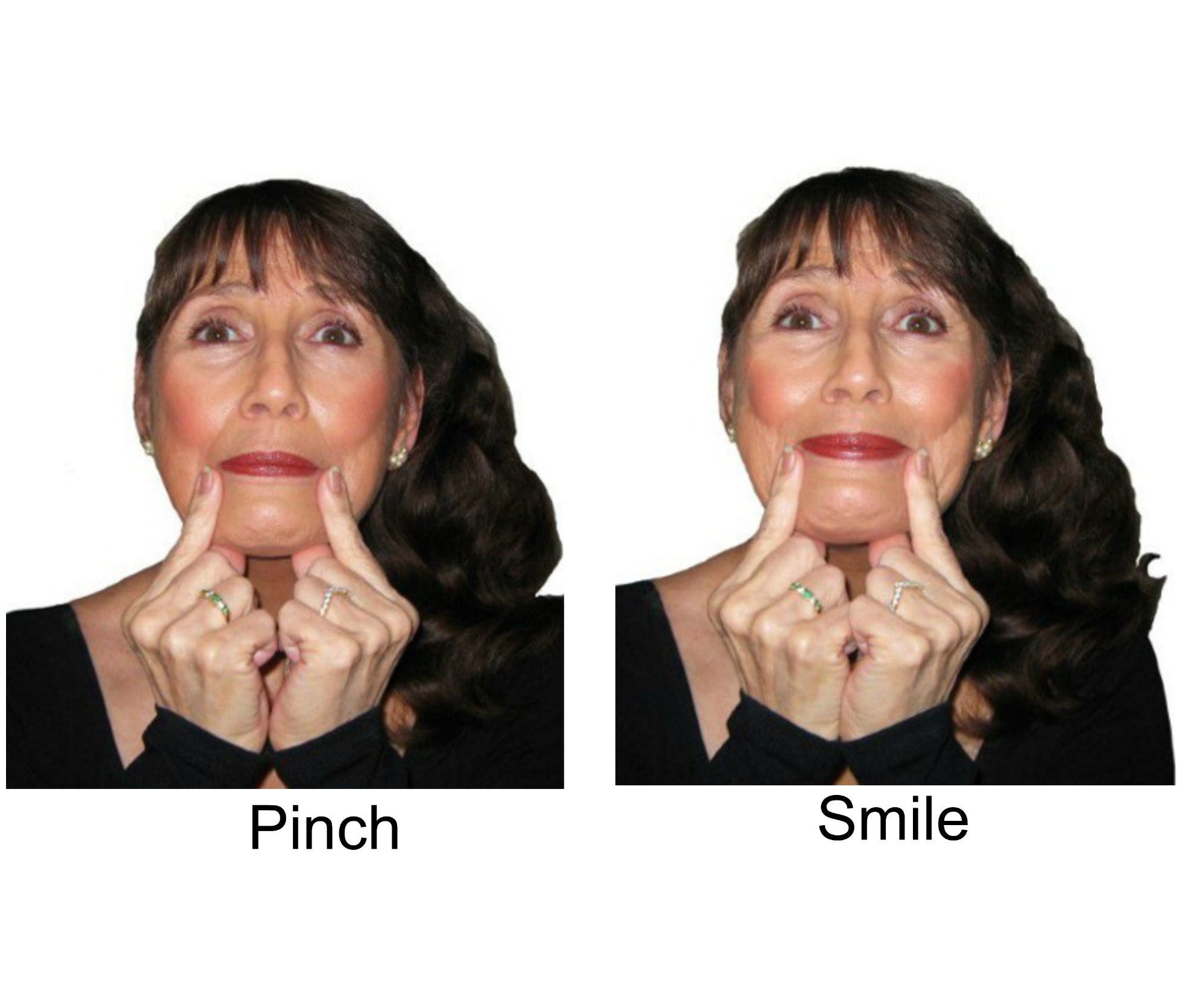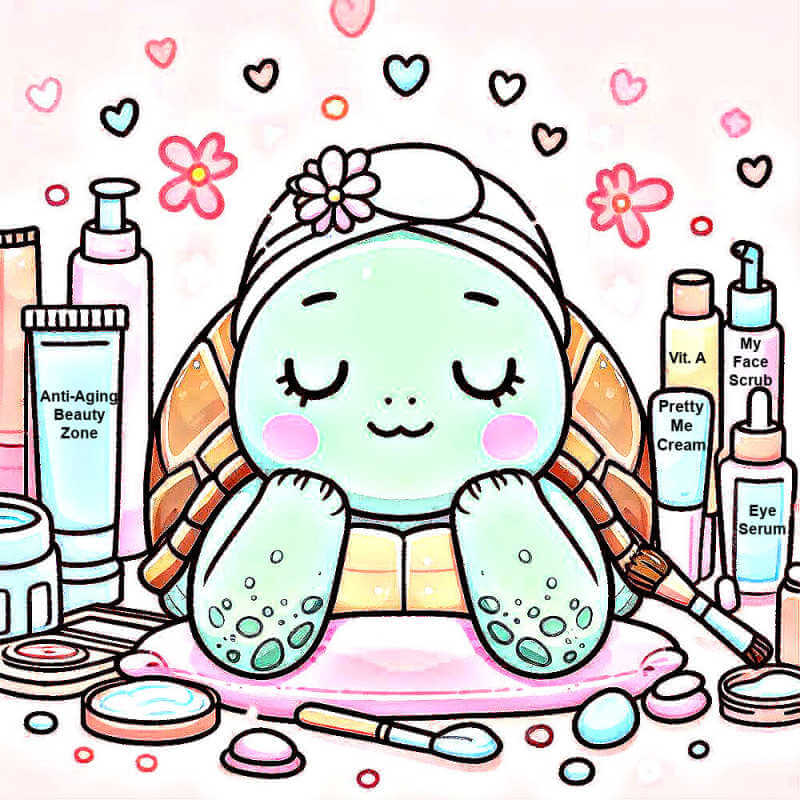As an Amazon Associate, I earn from qualifying purchases and other affiliate links. I only recommend products I’ve tried or researched.
- Home
- Facial Exercises
- Exercise Facial
Benefits of Facial Exercise: How Workouts Support a Youthful Look
by: Linda Robison / Facial Fitness Specialist
Why bone support matters as we age

Have you ever noticed how our faces change shape as we get older?
It’s not just about skin and muscles. Even the underlying framework — our bones — shifts a little over time.
The bones around our eyes and mid-face lose some fullness. This can make eyes look puffier or more droopy.
When combined with changes in fat pads and muscle tone, the face simply has less support. That’s why cheeks, jawlines, and necks can start to sag.
👉 Learn more about why faces sag with age and natural ways to firm them.
Can facial exercises change bone structure?
Yes. Research shows that bone loss happens naturally with age.
This is why the area around the eyes, cheeks, and jawline often looks different at 50 compared to 20.
The shift is gradual, but it contributes to the overall look of aging.
 Image credit: Dr. Robert Shaw. 417plasticsurgery.com
Image credit: Dr. Robert Shaw. 417plasticsurgery.comHow facial exercises support a youthful face
Not in the way surgery can. Exercises can’t permanently alter your bone shape.
But what they can do is build stronger muscles, improve circulation, and put gentle pressure where muscles connect to bone.
This creates a lifting effect and helps your face look more defined and supported. It’s a natural way to mimic some of the fullness and structure we lose with time. For more details on the science behind this, see facial muscle toning explained.
Can facial exercise make a difference?
Yes — when done consistently, facial exercises can make a noticeable difference.
They help improve muscle tone, give skin a firmer look, and add gentle lift in areas that tend to sag.
The key is applying light resistance — either with your own fingers or by using muscle contractions — so the workout feels effective without being harsh.
Over time, this combination of strength and circulation helps your face look more supported and refreshed.
Exercises for facial muscles and support
When you combine resistance exercises with massage, you’re not just working muscles — you’re creating lift and balance across the whole face.
The benefits may include:
- Healthier-looking skin that feels less thin
- Fuller, firmer muscles that help hold everything up
- A face that looks lifted, supported, and refreshed
A good program doesn’t just target one area. It works all the major muscles — cheeks, jaw, eyes, neck — helping them stay strong and lifted.
That’s one of the reasons I recommend Carolyn’s Facial Fitness (CFF). It’s simple, targets every area from brows to neck, and is based on years of practice and research.
Instead of spot-training one feature, her approach strengthens the whole face so skin looks supported and balanced.
ABZ Tip: Massage is a great compliment. Explore benefits of face lift massage for aging skin and how it pairs with exercise.
Are facial exercises hard to do?
The first few times might feel a little awkward. But once you learn the moves, they become second nature.
Most of CFF program moves are designed to be done lying down — in bed, on the couch, or even on a yoga mat.
That makes them easy to fit into your routine.
How can you keep your face supported?
While no exercise can actually increase bone mass or density in your face, certain routines can still help your features look more supported.
Facial resistance exercises — sometimes called “bone remodeling facial exercises” — combine muscle contractions with gentle finger pressure. This creates resistance that helps skin and muscles feel firmer, which in turn gives the face a more lifted, refreshed look.
This can help:
- Make skin look less thin
- Strengthen muscles for more lift
- Create the appearance of better support in the cheeks and jawline
If the neck and jawline are your concern, check out natural fixes for turkey neck and jowl line. You'll find my before & after picture there too!
What type of program works best
I’ve tried many different methods, but the one I personally use and recommend is Carolyn’s Facial Fitness.
It’s simple, targets all the main areas of aging, and only takes about 15 minutes.
Best of all, it was designed to be done lying down — so it feels more like a relaxing ritual than a workout.
Sample exercise: The jowl press
This move helps lift sagging pouches along the jawline.
- Place your thumb and index finger on your jawbone under the corners of your mouth.
- Pinch gently around the bone.
- Close your mouth and try to smile, pulling the corners of your mouth toward your ears.
- Hold for a count of 3. Repeat 3 times.
For more step-by-step examples, check out my face exercise tips to slim and lift.
Here is a sample workout courtesy of Carolyn's Facial Fitness:

Benefits of a facial workout
No, exercises won’t plump your face the same way fillers do. But they will give you something injections can’t:
- Stronger muscles
- Better circulation
- Natural lift that helps keep everything supported
And they’re free, safe, and you can do them anywhere.
FAQs about facial exercises
Question: Do facial exercises really work?
Question: Do facial exercises really work?
Answer: Yes — if you’re consistent. Start with 3–4 sessions a week, then maintain with 1–2 once you see results.
Question: Can they change bone structure?
Question: Can they change bone structure?
Answer: Not permanently. But stronger muscles and better circulation can make your features look more defined, which mimics sharper bone structure. For cheek-specific moves, see facial exercises for fuller cheeks.
Question: Are they just for women?
Question: Are they just for women?
Answer: Not at all. Men benefit just as much from firmer muscles and improved support.
Question: How long until I see results?
Question: How long until I see results?
Answer: Some people notice changes within 4–6 weeks. Bigger differences often show after 3–6 months. Weekly photos help track progress.
Final Takeaway
Facial exercises aren’t about chasing perfection.
They’re about keeping your face supported, lifted, and refreshed in the most natural way possible.
A few minutes of exercise and massage can go a long way toward keeping your face radiant — at any age.
About the Author:
Linda Robison is a Facial Fitness Specialist and the founder of Anti-Aging Beauty Zone. With decades of hands-on experience, she shares practical, natural ways to lift and brighten mature skin—without expensive or invasive treatments.
Before you go ....
Please tap on the💙in the bottom right corner if you found this page helpful.
FOLLOW ME FOR MORE TIPS:
SHARE OR SAVE FOR LATER:

